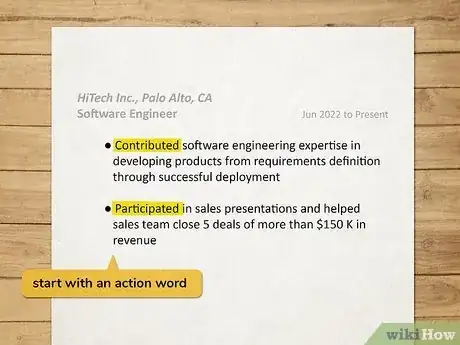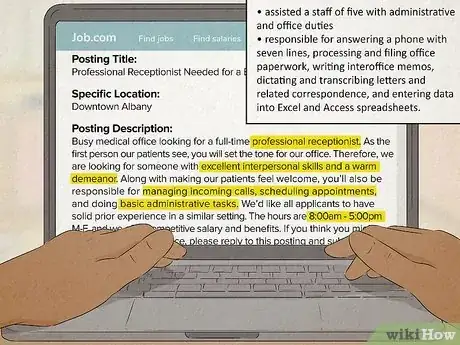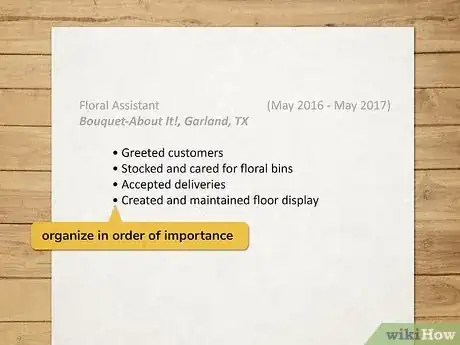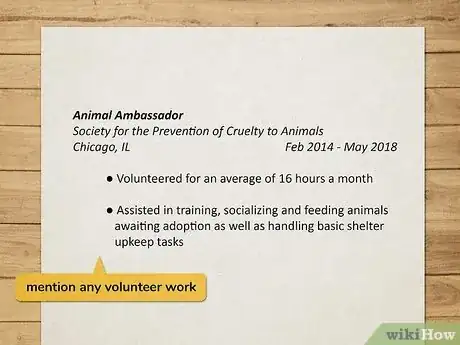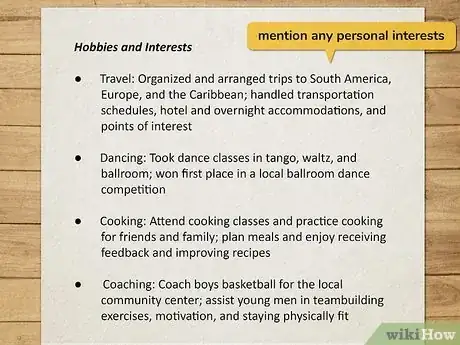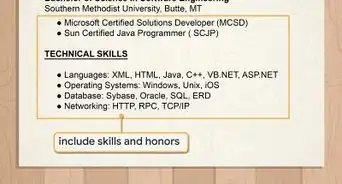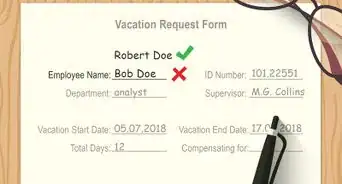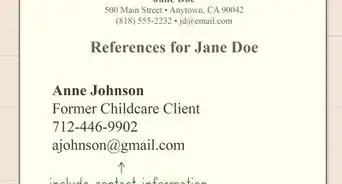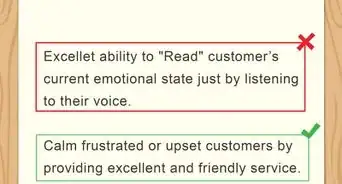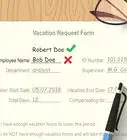This article was co-authored by Katherine Kirkinis, Ed.M., MA and by wikiHow staff writer, Hunter Rising. Katherine Kirkinis is a Career Coach and Psychotherapist who has served as a career expert for Forbes, Medium, Best Life, and Working Mother Magazine, and as a diversity and inclusion expert for ATTN and Quartz. She specializes in working with issues of career, identity, and indecision. She has doctoral-level training in career counseling and career assessment and has worked with hundreds of clients to make career decisions through career assessments. She is pursuing a doctoral degree at The University of Albany, SUNY where her work focuses on diversity and inclusion, racism in the workplace, and racial identity. She is a published author and has been featured in academic journals as well as popular media outlets. Her research has been presented at 10+ national APA conferences since 2013.
There are 11 references cited in this article, which can be found at the bottom of the page.
You want to show off your work experience on your resume, but how do you know what info to include? Bullet points are great for your resume since they make it easy for someone hiring you to scan through your qualifications. Before you start writing out every single job duty, we have some tricks on formatting your bullet points to catch an employer’s attention. Keep reading for the best advice on highlighting your skills on your resume along with tons of helpful examples.
Things You Should Know
- Put 3–6 bullet points for each job. Use more bullet points for your most recent positions and fewer for ones that are older.
- Start each bullet point with an engaging action word, such as “accomplished,” “developed,” “established,” or “secured.”
- Highlight achievements relevant to the job, like “Grew sales by 100% by starting new training program” or, “Served 25 customers an hour during peak business.”
- Organize your bullet points from the experience most relevant to the position you’re applying for to the least relevant.
Steps
Expert Interview
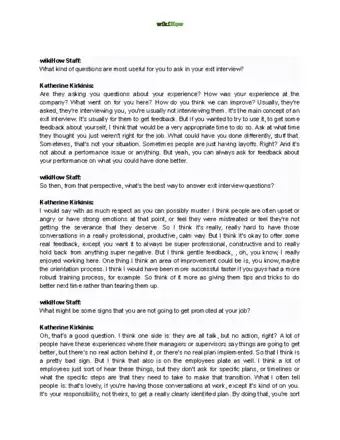
Thanks for reading our article! If you'd like to learn more about writing a good resume, check out our in-depth interview with Katherine Kirkinis, Ed.M., MA.
References
- ↑ https://www.cscc.edu/services/careers/pdf/Combination%20Resume.pdf
- ↑ https://carey.jhu.edu/uploads/documents/Resume_Power_Bullets.pdf
- ↑ https://www.marquette.edu/career-services/resources/resume-cover-letter-references-guide.php#WritingBulletedActionStatements
- ↑ https://careerdevelopment.princeton.edu/sites/g/files/toruqf1041/files/resume_guide_2020.pdf
- ↑ https://careerdevelopment.princeton.edu/sites/g/files/toruqf1041/files/resume_guide_2020.pdf
- ↑ https://cdn1.sph.harvard.edu/wp-content/uploads/sites/36/2016/06/Resume-Guide-June-2016.pdf
- ↑ https://hbr.org/2016/05/improve-your-resume-by-turning-bullet-points-into-stories
- ↑ https://www.saintpaul.edu/studentservices/Documents/Create%20a%20resume%20in%206%20steps%20-%202017.pdf
- ↑ https://www.cscc.edu/services/careers/pdf/Combination%20Resume.pdf


